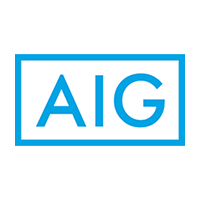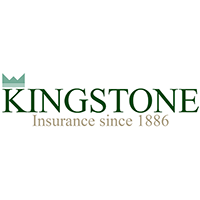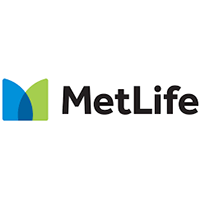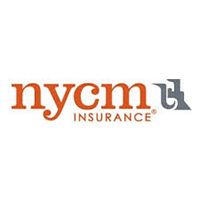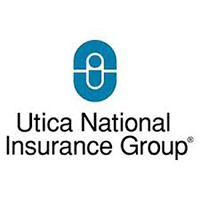CHALLENGES AND EXPECTATIONS
Business owners and asset managers with large real estate schedules rely on proper planning and advanced notice of upcoming expenses. The 2023 property insurance market poses challenges for these insureds. There are several factors that are having a significant impact on the US property insurance marketplace. Catastrophic weather events, inflation, valuations, and reinsurance costs have contributed to the challenge for large property schedules.
Unfortunately, a continued hard insurance market remains on the horizon for the foreseeable future. According to the Insurance Information Institute, Hurricane Ida (2021) was the second costliest hurricane on record, with $36 billion in insured losses. As of January 2023, Hurricane Ian is nearing $100 billion.
The frequency and severity of major hurricanes making landfall in the U.S. five out of the last six years, is arguably the largest driving force affecting the property insurance market. Each storm making landfall in high density areas with a high aggregation of property value, is a the “perfect storm” for insurers poised to experience big losses.
Hurricanes aside, wildfires on the west coast have consumed hundreds of thousands of acres, making record catastrophic losses problematic for the entire nation. On a global scale, insured losses from natural catastrophes reached $130 billion in 2021 — 18% higher than 2020. Hurricanes Ian was the back breaking straw to further harden the market. Insurance carriers are responding with restricted appetites to assets exposed to CAT losses in their effort to reduce volatility to their balance sheet.
Additional Factors Impacting the Market
Global inflation, higher interest rates, and a general economic uncertainty were unpredicted factors that resulted in increased cost of capital for insurers. As funding options tighten, rates will rise to corelate with carriers increased capital expenses. Even though inflation seems to be settling, its impact is creating a new benchmark for asset valuations and insureds falling short with properly covering their properties to replacement cost. The time of static valuation reporting is over. Carriers are reporting portfolios of insured property values are off by 30% or more.
Parallel with the aforementioned, the following has further complicated the marketplace:
- Carriers requiring increased valuations on insured property schedules
- Updated wind/quake models anticipate more loss exposure to carriers’ portfolios
- Specialized programs and carriers have less capacity to deploy
- Social inflation of jury awards (liability)
- Nuclear verdicts (liability)
- Supply chain challenges (business interruption)
- Aftereffects of the COVID-19 pandemic
- Russia/Ukraine conflict
All of which continue to compound the cost of losses.
Reinsurance Treaties
Reinsurance is the insurance an insurance company buys. Retail insurance providers are not shielded from the costs of their own insurance protection. Carriers are experiencing difficulty with their own treaty renewals. Lloyd’s of London and European treaties, have not been issued or have been delayed due to market uncertainty. The largest reinsurance providers in the property insurance market announced they will be prioritizing profitability over growth. They indicated their focus will be on eliminating all-perils catastrophe coverage. It is fair to expect carriers to apply higher deductibles or SIRs on renewal policies as well as limiting terms and conditions on policy renewals. Inflation has eroded past rate increases reinsurers have secured in 2021 and 2022. As such, it is expected for reinsurers to remain steadfast on increasing rates for 2023.
Reinsurance is expected to restrict the capacity available in the market regardless of price, terms and/or conditions offered. With restricted capacity aka limited supply of available coverage, and a 32% increase of coverage demand in the space, higher premiums are natural to follow.
Summary
Given the current factors, it would be prudent for policy holders with large real estate schedules to expect increased premium, changes to terms & conditions, and overall challenges with the insurance marketplace. Assets exposed to catastrophic risks, especially coastal and frame real estate, are due to see the biggest challenges and potentially the need to restructure their coverage altogether. Larger schedules with sizable total insured value will require tactical underwriting to secure desired limits and comprehensive terms, while also keeping premiums tolerable. With a tough property market upon us it’s important to work with a broker who has in-depth knowledge of the marketplace, strategies, carrier relationships to navigate the marketplaces, and access to resources that can get the job done right.
631-673-7600 x



